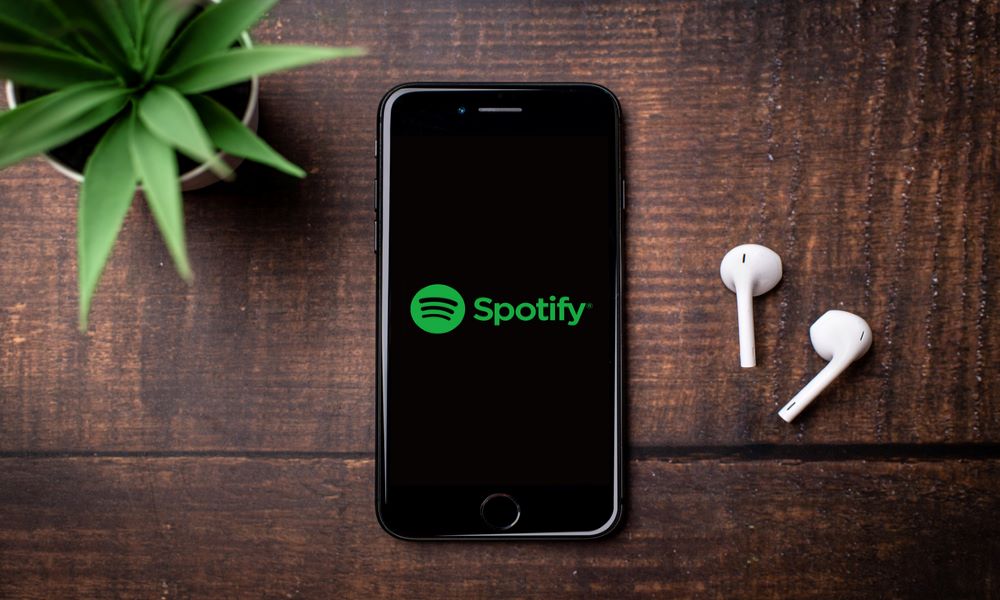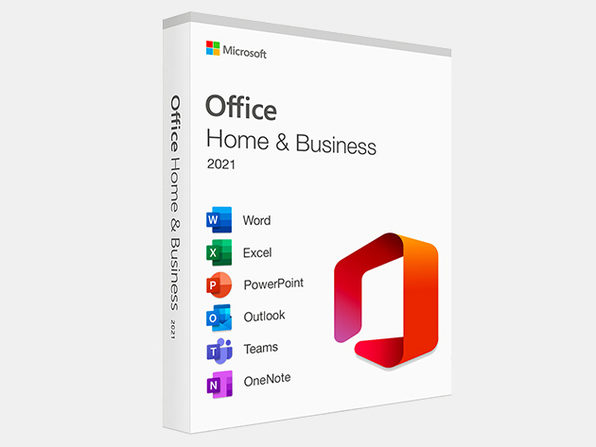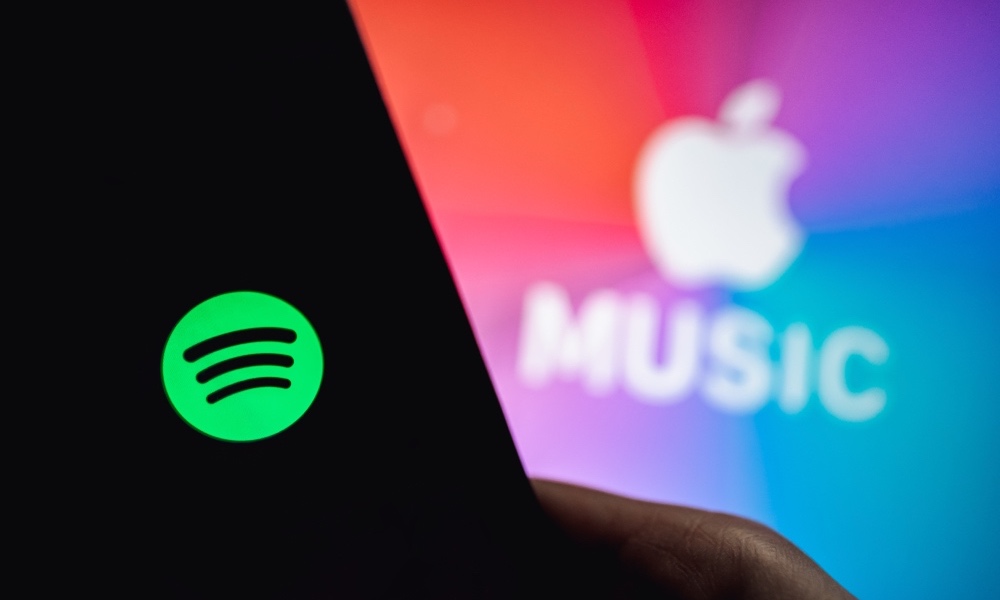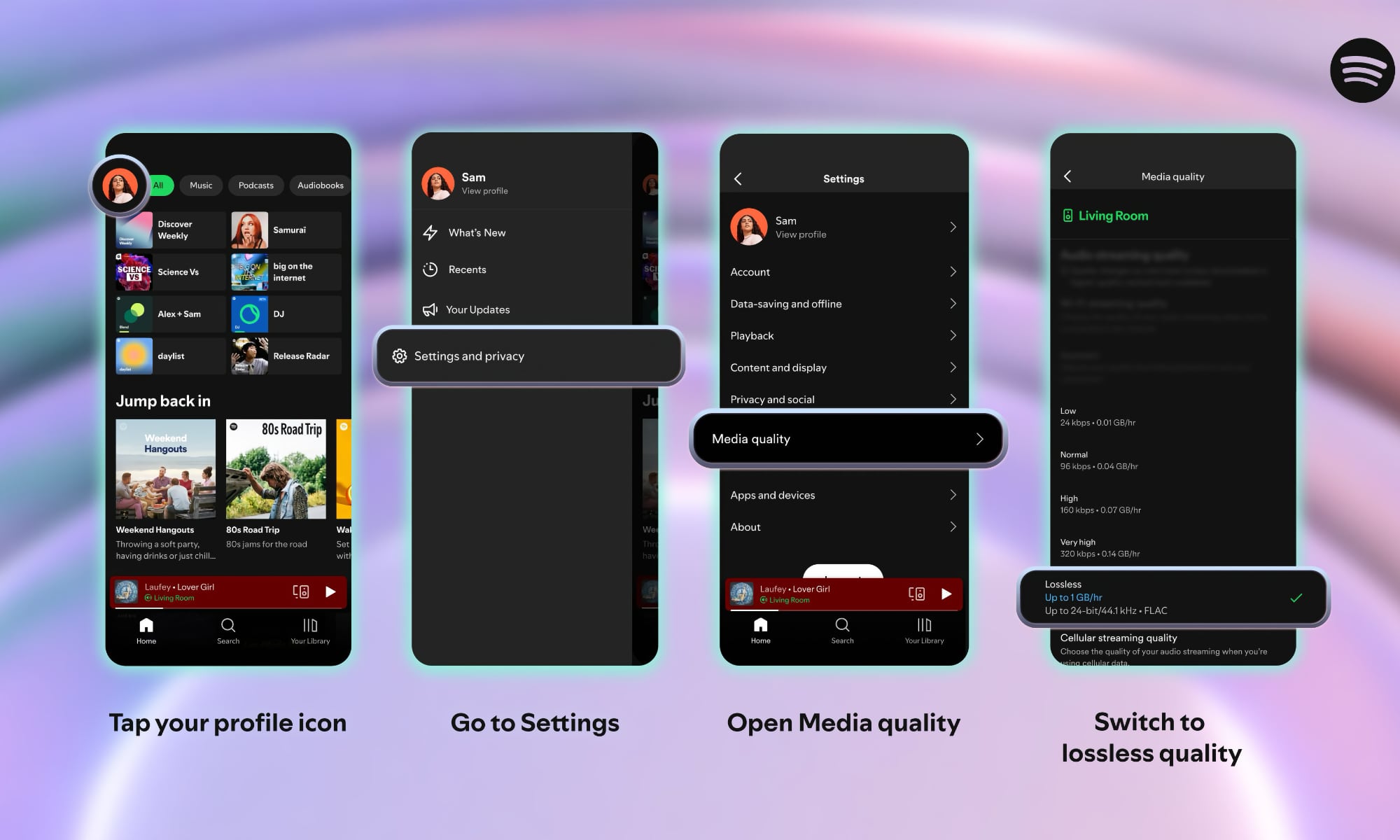Spotify to Raise Prices Early Next Year

Toggle Dark Mode
With nearly every streaming service getting more expensive, it shouldn’t come as a huge surprise that Spotify has another price hike in store. However, the timing of this one is especially interesting, as it comes on the heels of the recent rollout of lossless audio.
According to the Financial Times, Spotify plans to raise subscription prices in the first quarter of 2026 in several countries, including the US, which is its largest market.
It’s unclear how much of a jump we’ll see, but analysts consider the US price increase “crucial to Spotify’s stock” as the company works to prove that it can consistently turn a profit.
The music streaming giant’s last major price increase came in mid-2024, starting with the UK, Australia, and Pakistan before eventually making its way to the US, where it’s now $11.99 per month. In August, it announced price hikes for “multiple markets across South Asia, the Middle East, Africa, Europe, Latin America, and the Asia-Pacific region,” and now it looks like those were merely a harbinger of what US customers will soon see.
As licensing deals get renewed, the cost of delivering music to customers naturally increases, forcing streaming providers to either eat those costs or pass them on to their subscribers.
“The major record labels have been pressing Spotify, Apple Music and other music-streaming platforms to increase their fees,” says the Times’ Anna Nicolaou, with the labels “arguing prices have lagged inflation and subscriptions remain cheap compared with video services such as Netflix.”
Even Apple hasn’t come out of this unscathed, bumping Apple Music from its original $9.99 price to $10.99 per month in October 2022. That actually made Spotify the more affordable streaming option for about nine months, until it announced a similar price hike in July 2023, bringing it in line with Apple Music, and then blowing past it in July 2024 when it raised its prices again.
In Spotify’s case, there’s a good chance costs have increased due to its new lossless audio offering, especially considering how long it took the company to work out the financial math. Spotify announced plans for lossless streaming in 2021, but it seemingly believed at the time it would be able to offer it as a higher-priced tier, similar to what Tidal had been doing for years. However, before it could launch, Apple did an end run by announcing the entire Apple Music catalog was going lossless at no extra charge — and Amazon followed suit the very same day.
This forced Spotify to rethink its plans. While it never came out and explained why, Co-President Gustav Söderström gave us a pretty big hint when he said it was because “the industry changed for a bunch of reasons.”
This made for a pleasant surprise in September, when Spotify finally announced its lossless audio plans were here — and that the higher quality would be included at no extra charge.
Some argued that the streaming giant had little choice but to follow the prevailing winds, but there’s evidence it made every attempt to chart its own course. For example, insiders reported in 2024 that Spotify was exploring the idea of a pricier “Music Pro” service that would offer additional perks to help justify charging a higher price for lossless audio.
Whatever the reasons, another price increase may be a hard pill for Spotify customers to swallow in today’s economy. At $11.99 per month, it’s already more expensive than Apple Music, so another hike will increase that gap even further. It could also risk giving Apple more room to maneuver, resulting in another price increase for Apple Music customers.
However, it’s also important to add some context here. Spotify launched in 2011 at $9.99 per month and managed to hold the line on that price until 2023 — a twelve-year run during which it didn’t even adjust for inflation. Apple Music launched four years after Spotify, but also managed to keep the price at a steady $9.99 until late 2022.
The much more disturbing aspect of all this is how the music labels are holding up Netflix — the most expensive video streaming service out there — as a standard for what music streaming services should be charging. That implies that both Apple and Spotify could be facing pressure to raise prices by much more than the $1 hikes we’ve seen over the past three years.









